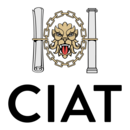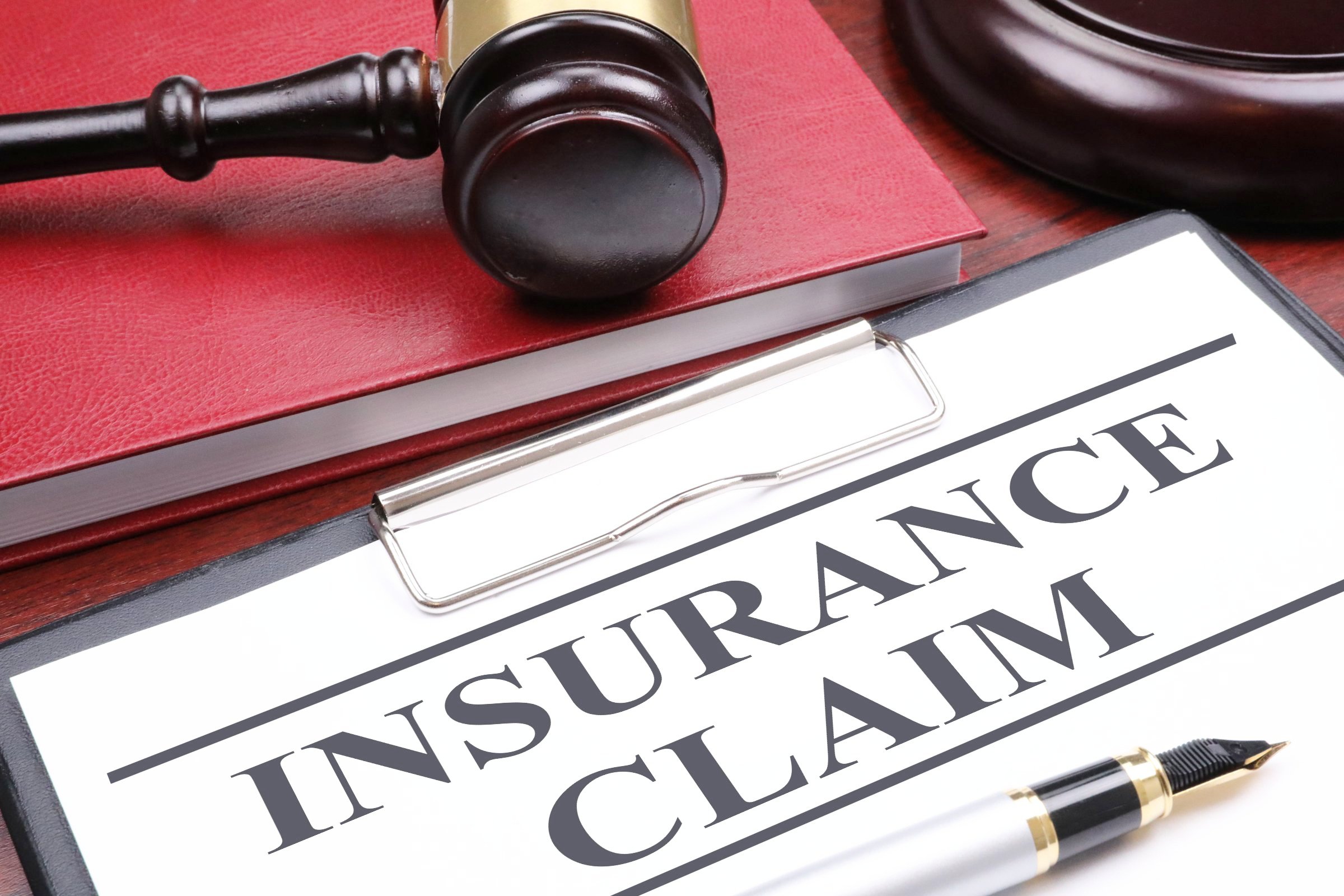Fire safety exclusions - the insurance position
Contents |
[edit] Introduction
In the years following the Grenfell Tower fire, and the fall out of that and other similar incidents, the insurance position for the built environment sector, as a whole, has been increasingly difficult.
The hardening of insurers’ attitudes have now resulted in substantial increases in terms of the premiums being levied, as well as a rise in the number of draconian exclusions that can have a significant impact on the cover that you may be able to obtain.
Whilst the various exclusions applied by insurers can be varied, for the purposes of this article we will concentrate on two areas, cladding and fire safety exclusions and the EWS1 form.
[edit] Cladding and fire safety
In view of the concerns raised by insurers in respect of claims against construction professionals relating to external cladding materials, and the fire safety aspects of buildings, the majority of policies now contain some form of cladding and fire safety exclusion regardless of the height of the building or the individual circumstances.
In the vast majority of (if not all) cases professional indemnity insurers are applying full exclusions of cover.
Unfortunately, whilst it is acknowledged that any reduction in the cover provided can and will be problematic, this is now the industry norm. As a result, we would recommend that you contact your insurance brokers in advance of your renewal to ensure that you have an opportunity to discuss what information any potential insurers may require and what options are available to you regarding your renewal.
Whilst the wording of the exclusions themselves will vary greatly between different insurers, the exclusion with respect to a ‘cladding claim’ can be along the following lines: ‘any claim directly or indirectly arising from or in any way connected to the combustibility of any composite panels and/or internal or external wall systems and any associated core/filler/insulation material and/or any fixing systems.’
We cannot provide an indication as to what materials may or may not fall within the definition set out above and this would ultimately be considered by the Courts. However, the definition of a ‘cladding claim’ effectively includes the combustibility of any material used to clad a building.
It is important to note that, whilst it can be argued that the selected material is not combustible, this would be used in the defence of a claim. Unfortunately, this would not prevent the client from making the claim in the first instance.
In addition, policies can also contain a wider exclusion which effectively removes cover for: ‘any claim in any way related to the fire safety or fire performance of a building, or any part of it.’
As the imposition of any type of exclusion can impact on your position, we would recommend that you discuss the nature of the exclusions with your insurance brokers.
However, given the potentially substantial change in your insurance cover, you may also need to review your contractual agreements with your clients to ensure that you can still comply with any agreed insurance limits.
[edit] EWS1 form
Another contentious issue from a professional indemnity insurance perspective is the External Wall System Certificate of Compliance produced by the Royal Institute of Chartered Surveyors in conjunction with UK Finance or EWS1 form as it is more commonly known.
The intention of the EWS1 form is for the professional signing the form to confirm that the external wall system complies with the relevant guidance or Building Regulations, or that remedial works are required. Whilst this may seem like a relatively straightforward task, the insurance position is markedly different.
As the form effectively requires the professional tasked with completing the form with accepting liability should any subsequent issues be identified with the property, insurers have taken the view that the level of risk this poses is unacceptable. As a result, the majority of policies exclude all liability arising out of the completion of the EWS1 or equivalent form.
It is important to remember that insurers acknowledge the expertise and experience of Chartered Architectural Technologists. However, the obligations imposed by the EWS1 form are weighted against the professional and, given that it would require significant and invasive testing to fully determine the position of materials used on site, the general view of the insurance market is that this is specialised work that should be left to appropriately qualified surveyors and engineers.
As with the cladding and fire safety exclusions, the insurance market as a whole is not prepared to accept the use of the EWS1 forms, and cover for the forms would be both difficult to obtain and expensive.
We would hope that your policy would cover you for normal activities in respect of designing in line with the Building Regulations, in order that you may continue to practise as usual. It is important to check that your policy provides you with adequate cover in line with the Code of Conduct.
Members of CIAT with any concerns, or who may require cover that might fall outside of what is currently offered, are advised to contact their insurance brokers to discuss matters further. Alternatively, they can contact CIAT Insurance Services on 0161 233 4497 or email info@ciat-insurance.co.uk.
This article originally appeared in the Architectural Technology Journal (at) issue 138 published by CIAT in summer 2021. It was written by McParland Finn, CIAT Insurance Services.
--CIAT
[edit] Related articles on Designing Buildings
Quick links
[edit] Legislation and standards
Fire Safety (England) Regulations 2022
Regulatory Reform (Fire Safety) Order 2005
Secondary legislation linked to the Building Safety Act
Building safety in Northern Ireland
[edit] Dutyholders and competencies
BSI Built Environment Competence Standards
Competence standards (PAS 8671, 8672, 8673)
Industry Competence Steering Group
[edit] Regulators
National Regulator of Construction Products
[edit] Fire safety
Independent Grenfell Tower Inquiry
[edit] Other pages
Building Safety Wiki is brought to you courtesy of:






